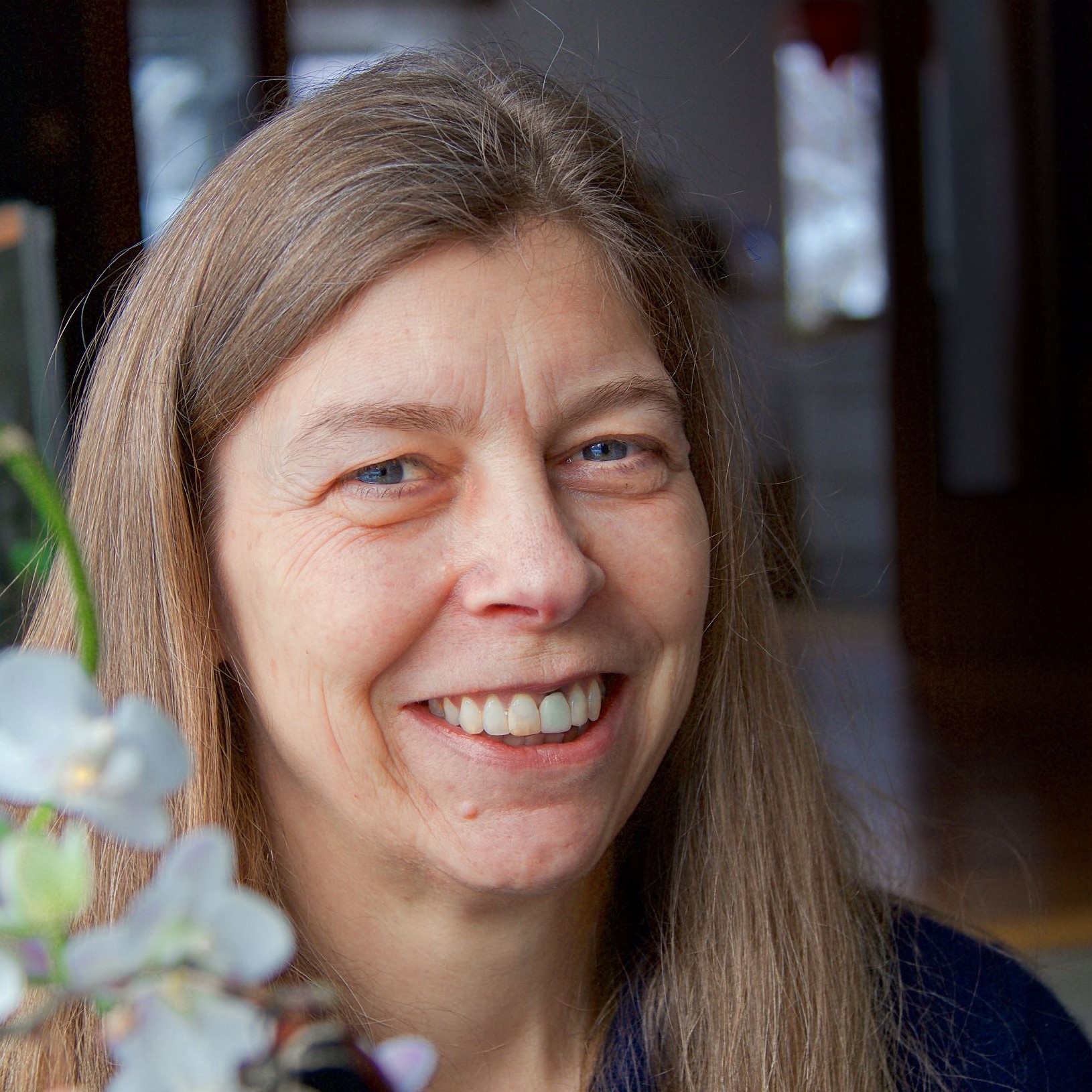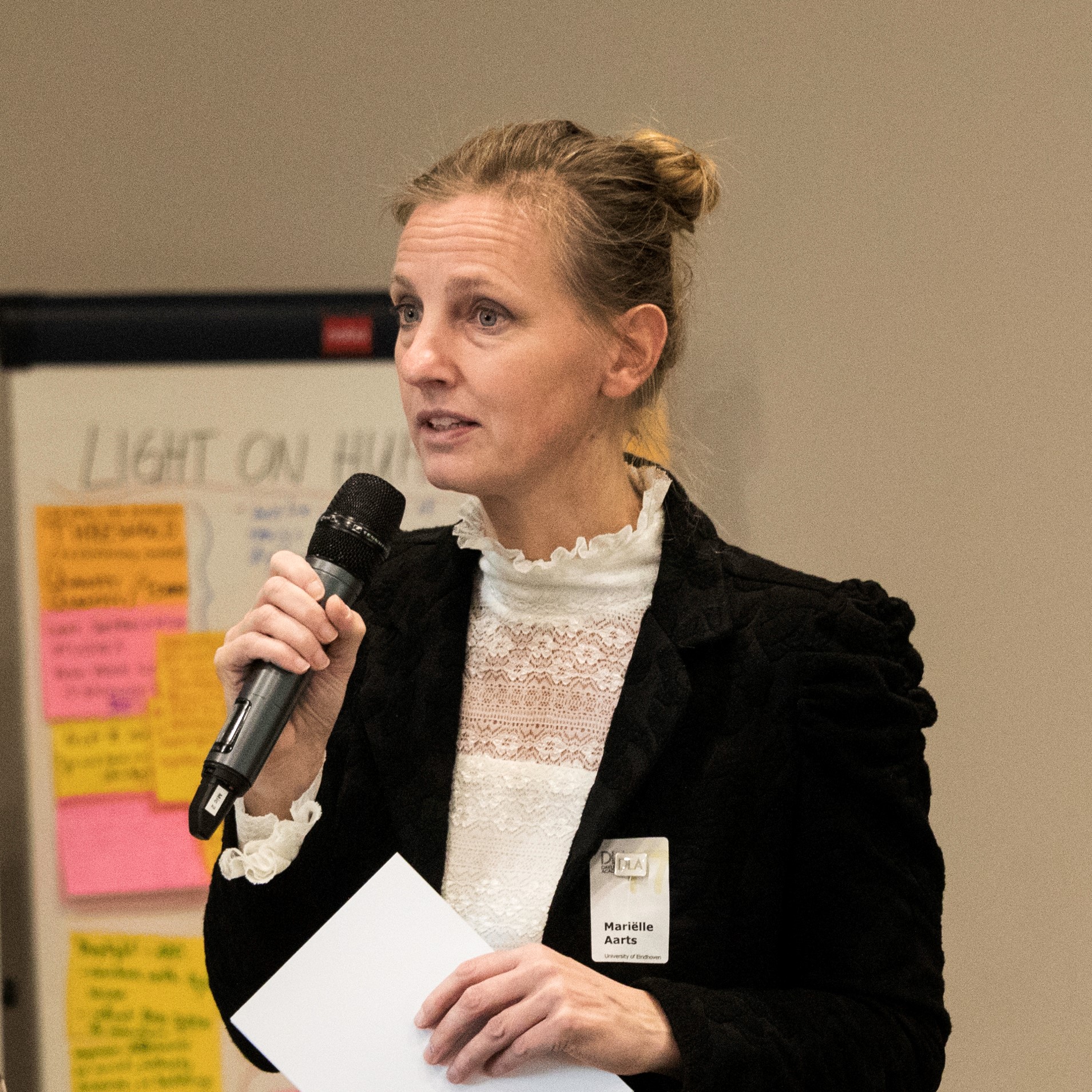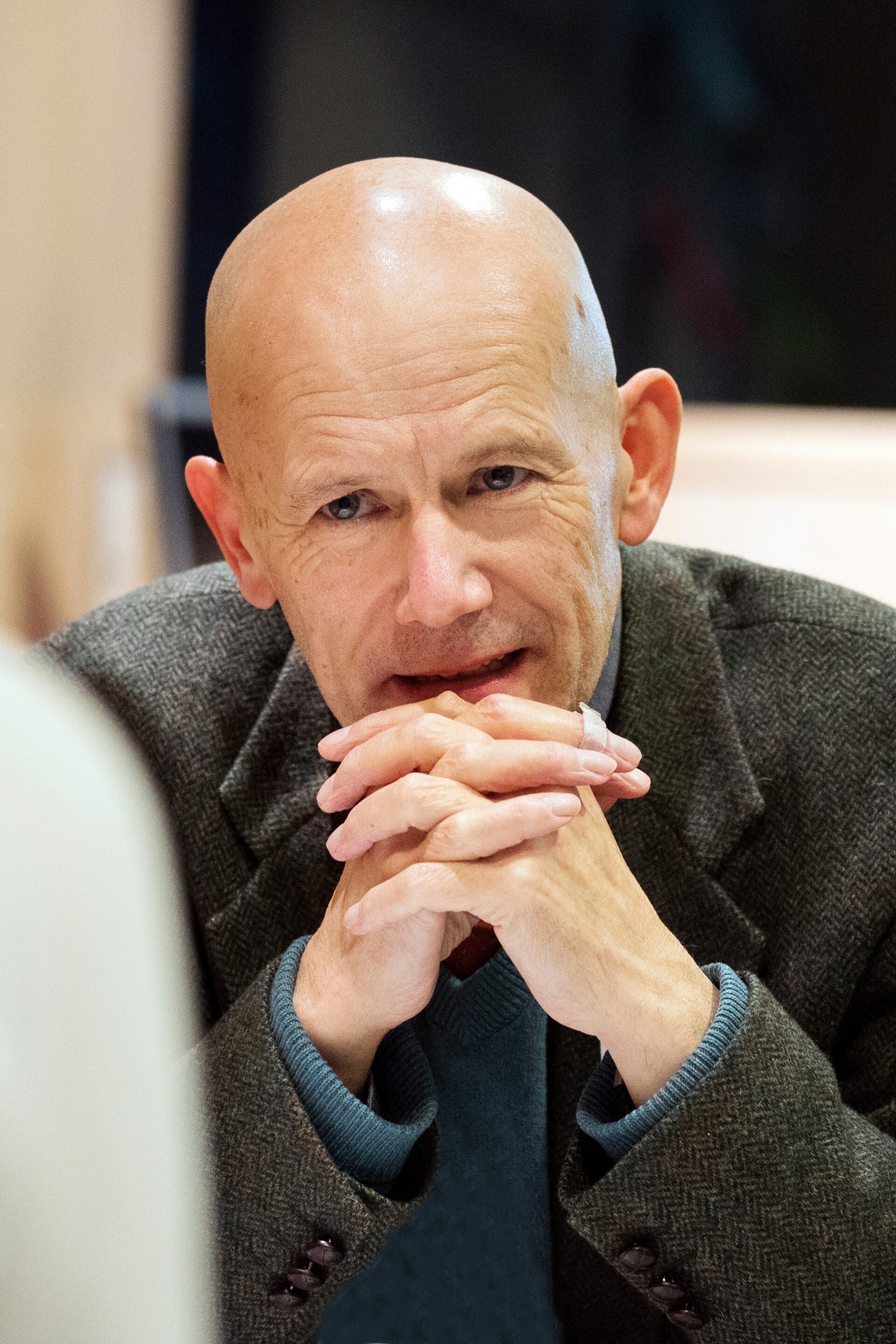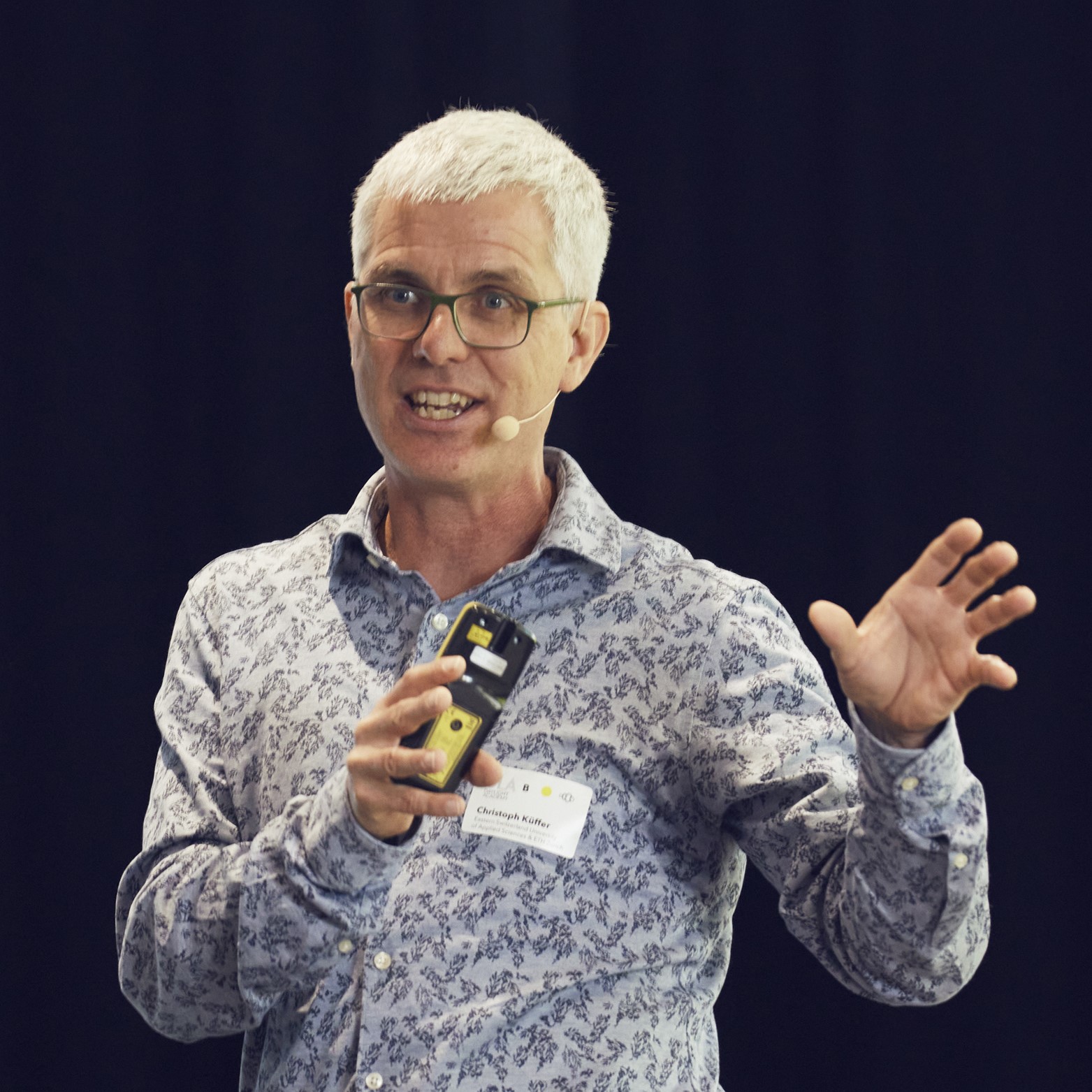Steering Committee
The steering committee consists of five to seven members, representing the different disciplines and geographical areas that are active in the Academy.
The steering committee consists of five to seven members, representing the different disciplines and geographical areas that are active in the Academy.


Department of Sport and Health Sciences (TUM SG), Technical University of Munich, Germany and Translational Sensory & Circadian Neuroscience, Max Planck Institute for Biological Cybernetics, Tübingen, Germany
“Daylight allows us to see the world in its fine-grained, colourful detail, and it organizes our rhythms in behaviour and physiology. I am interested in characterising and optimising our exposure to daylight.”
Neuroscience, psychology, chronobiology


Radiation Sciences and Molecular Biology, Umeå University, Sweden
“Daylight varies over time and spectrum. I am fascinated by the biological mechanisms that organisms developed to encode these variations to occupy diverse geophysical spaces. Studying individuals at high latitude allows me to observe the extent to which our eyes and physiology adapt to very different natural light exposures and it will reveal which, of all the various conditions, has the biggest impact.”
Behavioural Biology, Chronobiology, Sleep, Mental Health


Department of the Built Environment, Eindhoven University of Technology, The Netherlands
“Daylight is enchanting, versatile, complex and indispensable for life on earth. Let’s learn from, incorporate, and treasure this unique source for the benefit of current and moreover future generations.”
Lighting Design, Built Environment, Health


Engineer, researcher and author, UK
“In the early 1960s, I was prescribed sunlight therapy for a drug-resistant infection. This worked and, by the 1980s, I was busy working on solar energy technologies, and then passive solar design. I discovered that in the past, hospitals had been arranged for the sun for health rather than to save energy. And so I became re-acquainted with the sun’s healing powers which I continue to investigate.”
Health in buildings, Sunlight therapy


Department of Environmental Sciences, University of Basel, Switzerland
“Daylight is the driving factor of almost all processes in the Earth’s atmosphere such as weather, air pollution or climate change. Sunlight initiates a huge number of chemical processes in the atmosphere, for example to degrade and remove harmful components emitted into the atmosphere but also to form components that cause air pollution like ozone or aerosol particles.”
Atmospheric Sciences, Atmospheric Chemistry, Aerosol particles


Institute for Landscape and Open Space, OST Eastern Switzerland University of Applied Sciences, Switzerland & Department of Environmental Systems Science, ETH Zurich, Switzerland
“Daylight reminds us that we depend together with millions of other living beings on the same natural processes, and we enjoy every morning the rising of the same sun whether we live in the global North or South. These universe experiences invite us to rethinking our relationships with nature and help us to bridge between diverse cultural forms of knowledge.”
Plant Ecology, Urban Ecology, Landscape Architecture